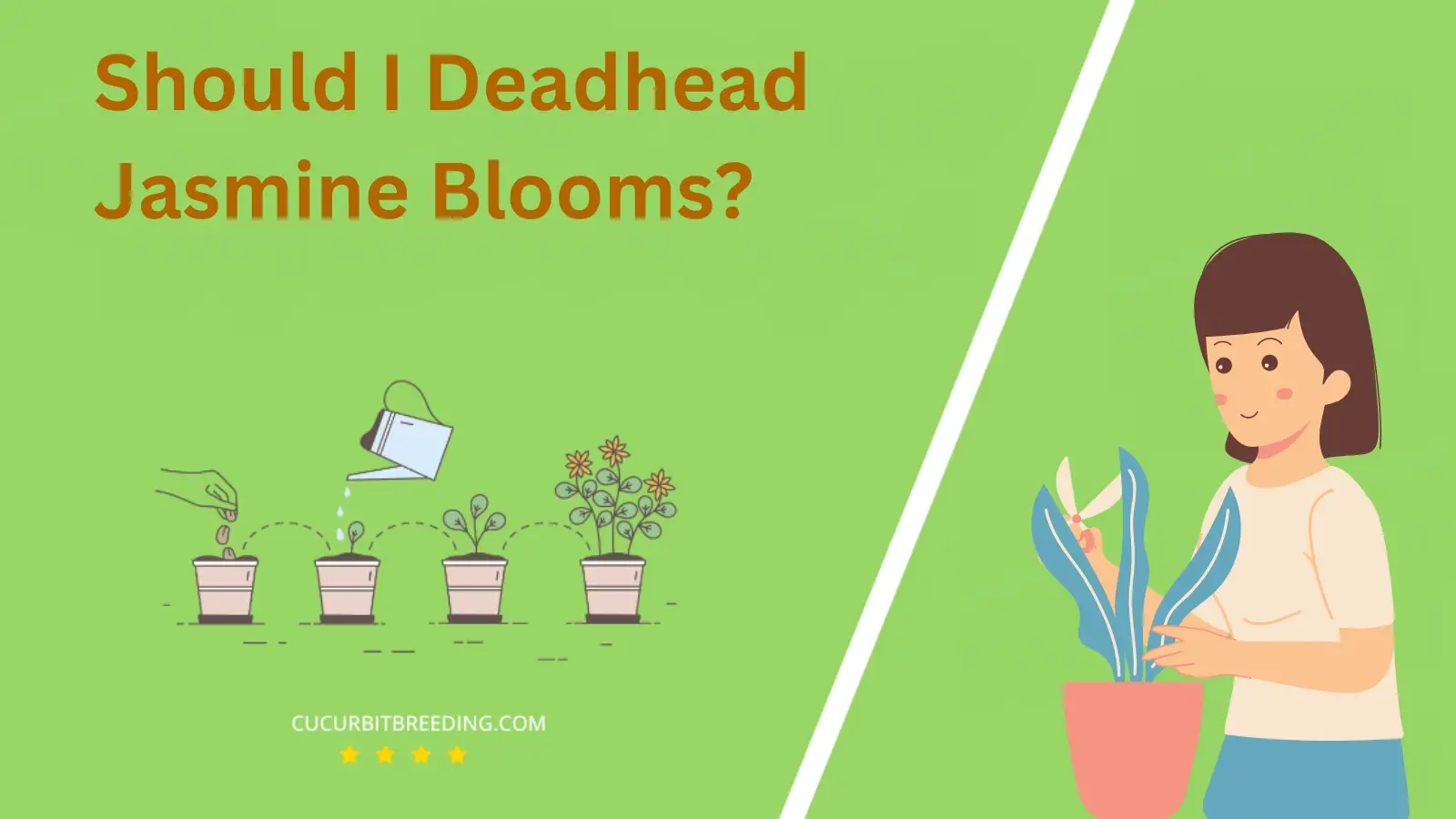
Have you ever wondered, “When does Jasmine bloom?” This fragrant, beautiful flower is a delight to many gardeners worldwide. We will delve into the life cycle of this captivating plant and unveil the mystery behind its blooming period.
From understanding its growth conditions to when its blossoms unfurl their intoxicating scent, join us as we explore the enigmatic world of Jasmine.
When Does Jasmine Bloom?
Jasmine, a fragrant flower, has varying blooming seasons depending on its species. Generally, most jasmine plants bloom in the late winter or early spring. Some varieties, such as the winter jasmine (Jasminum nudiflorum), bloom in late winter, while others like the common jasmine (Jasminum officinale) bloom from spring to fall. However, the Arabian jasmine (Jasminum sambac) can bloom year-round in warmer climates.
| Stage | Description |
|---|---|
| Germination | Spring (March-May) |
| Growth | (Spring – Summer) (March – September) |
| Blooming | Spring (March – June) |
| Dormancy | Winter (December – February) |
How Long Do Jasmine Bloom?
Jasmine flowers typically bloom in the late spring to early summer. The exact timing can vary based on the specific species of jasmine and its geographical location. Some jasmine varieties can have a secondary bloom in the late summer to early fall. Each bloom period can last several weeks, often providing a fragrant and visually appealing display.
How Light Affects Jasmine Blooms?
Light significantly impacts the blooming of jasmine plants. Jasmine plants require at least four to six hours of sunlight every day to promote healthy growth and blooming. These plants thrive in bright, indirect light. However, they can tolerate direct sunlight, especially in the morning.
If jasmine plants don’t receive sufficient light, they may not bloom as expected. Insufficient light can lead to fewer flowers or no flowers at all. Also, the lack of light can make the plant susceptible to diseases. Therefore, it’s crucial to ensure your jasmine plant gets the right amount of light for optimal bloom.
Will Jasmine Bloom the First Year You Plant It?
Jasmine plants typically take a few years to bloom after being planted. The exact timeframe can vary based on a number of factors, including the specific type of jasmine you are growing, the growing conditions, and the care given to the plant. It’s unlikely that Jasmine will bloom in the first year you plant it, but with proper care, you can look forward to fragrant blooms in subsequent years.
Will Jasmine Bloom Every Year?
Yes, jasmine plants will bloom every year. They are perennial plants, which means they have a lifespan of more than two years. Once a jasmine plant has matured, it will produce beautiful, fragrant flowers each year. However, it’s important to provide the appropriate care to ensure healthy growth and blooming, including the right amount of sunlight, water, and proper pruning.

Should I Deadhead Jasmine Blooms?
Yes, you should deadhead Jasmine blooms. Deadheading, or the process of removing faded or dead flowers, encourages the plant to produce more blooms, thereby prolonging its flowering period. It also helps keep the plant healthy and neat by preventing the potential for disease and inhibiting excessive self-seeding.
Top Reasons a Mature Jasmine May Stop Flowering

A mature Jasmine plant may stop flowering for several reasons. The most common reasons include improper lighting, watering, and feeding conditions.
Light: Jasmine plants require a lot of light to bloom. If your Jasmine is not getting enough light, it may stop flowering. It requires at least four to six hours of direct sunlight daily.
Water: Jasmine plants prefer well-drained soil and do not do well in soggy conditions. Overwatering can cause your Jasmine to stop flowering. On the other hand, too little water can also stress the plant and inhibit blooming.
Nutrition: Jasmine plants need the right balance of nutrients to bloom. A lack of phosphorus, in particular, can result in a Jasmine plant that grows well but does not flower. Regular feeding with a balanced fertilizer can help promote blooming.
Other possible reasons can be temperature stress and improper pruning. Jasmine plants prefer a warmer climate and might stop flowering if exposed to extreme low or high temperatures. Pruning at the wrong time or too aggressively can also lead to a lack of flowers.